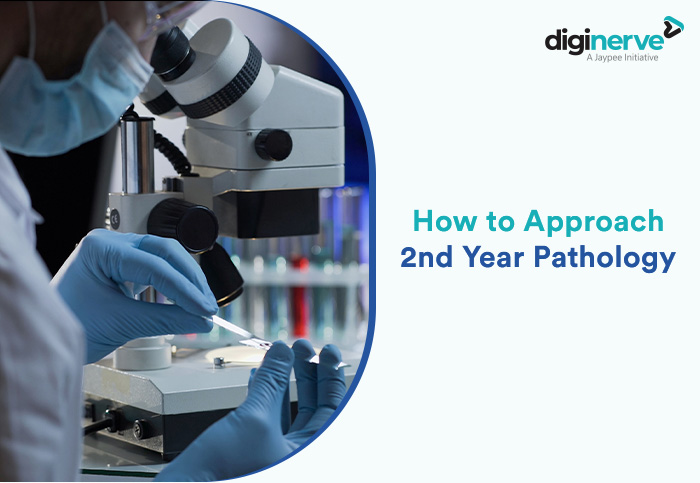Pathology is quite fascinating and important subject, included in 2nd year of the MBBS curriculum. Here are some pointers for approaching pathology in your MBBS second year:
·
Never miss your lectures and practical sessions. It
becomes hectic for a medical student to attend all the lectures, practicals, lab
simulations, postings. Hence, a medico can enroll in the online pathologycourse so that they get the premade notes on all the important topics and
access to the video lectures and learn at their own pace. It is quite helpful especially in case you miss
your college lectures.
·
Learning Pathology becomes an easier task if you
study in a systematic manner. Start with the General Pathology and get your
basics clear. This segment introduces you to the fundamental concepts and basic
terminologies which will be required again and again for understanding the
further modules of the subject.
·
Then, focus especially on systemic pathology. Since this
topic broadly connects pathology with other medical subjects such as –
medicine, surgery, obstetrics and gynecology, and pediatrics, it is important
that students make efforts to meticulously understand this segment of pathology
along with its clinical features.
·
The study of pathology involves rigorous
investigation for treatment. Indulging in high- impact research activities is
advised. A student can sign up for the best pathology video lectures and must keep track
of the information received from faculty on research related activities at both
national and international level.
·
Approach the clinical aspect from the very
beginning. Many UG students make the mistake of choosing the theories and
concepts first and pushing aside the practical clinical aspects for later. The
Gold Standard Faculty always advise the medical students to learn theories and
practicals together as it proves to be a more effective learning method in the
long run.
· A student should always read the books on pathology that he or she manages to collect. Whether the book is in printed or digital format, a student should be less selective for study materials. The reason behind this is the fact that Pathology is a vast subject, hence every Pathology book will definitely contain some important information that is not mentioned in any other Pathology book. In this context, the Harsh MohanPathology book deserves a special mention. The latest edition of this super popular book in Pathology not only has some beautiful mentions of procedures and cases from around the world, but also includes extremely detailed diagrams, photographs from real life scenarios, illustrations, etc. There are also charts, tables, and graphs to help students integrate the learning from one concept into another and thereby have a better understanding of the bigger picture.
·
Skimming through the Ramadas Nayak Pathology
book, which is another great book for mastering the concepts of pathology.
Contrary to other books where the chapters appear in a chronology, the Ramadas
Nayak Pathology has concepts segregated into three broad sections. First is
General Pathology, second is Hematology and Clinical Pathology and third is
Systemic Pathology. The First section, General Pathology includes the basic terminologies
and essential pathological processes of diseases such as neoplasia, hemodynamic
disorders, inflammations, genetics, immune disorders, etc. The second section,
Hematology and Clinical Pathology includes the detailed explanation about the disorders
related with the blood cells and clinical pathology. The third section,
Systemic Pathology includes the chapters on disease and disorders of the organs
affecting different organ systems such as respiratory, vascular,
gastrointestinal and more.
The latest edition of the book also includes
chapters on Basic Diagnostic Cytology, and Blood Banking and Transfusion. The
book covers the clinical case scenarios and interpretation of the cerebrospinal
fluid changes, common urinary abnormalities and liver function tests along with
the frequently asked questions section. Each chapter in this book has an
introduction, followed by information presented in a concise manner, for
instance, in bullet points, figures, and charts, including a complete review
manual, as well as sample questions that find relevance for both university
exams and NEET-PG.
While
opting for Pathology
courses online, a student must carefully create a learning plan
as per one’s learning style. While some students find learning aids such as
diagrams and models more effective for mastering a concept and retaining
information for a longer period of time, other students may find concise,
handwritten notes more effective. Listening to video lectures is also quite
often preferred, as it is easier to recall information and concepts that a
student has heard attentively. The renowned online pathology courses also
simplify the efforts put forth by a student to seek additional study resources.
In order to supplement the knowledge already grasped, students should skim
through online journals, books, magazines, and notes. Good online pathology
courses offer digital notes that save the students’ time of extensive online research.
Digital notes are also easy to organize and access.

Comments
Post a Comment